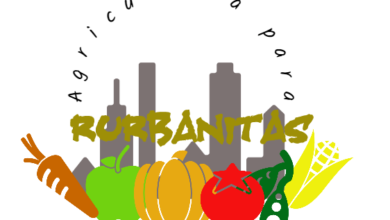Subsistence Agriculture: [Concept, Operation, Advantages and Disadvantages]
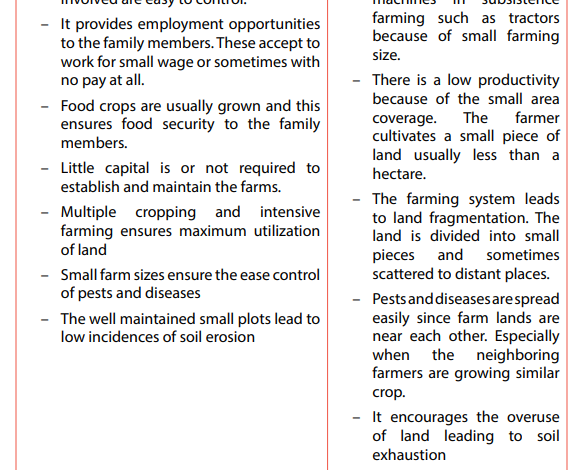
subsistence farmingit is a type of agriculture that is based on its own name: “subsist”.
It meansthat the main objectiveof this type of agriculture is to produce enough food for a family.
Depending on the needs of the members that form the family, between 1,000 meters and 40,000 square meters of land will be required.
What is subsistence farming?
Subsistence agriculture refers to the traditional way of cultivating the land, with techniques and implements used since ancient times, with the main objective of producing food for the family nucleus.
Wikipedia defines it as «a mode of agriculture in which a part of the land produces only once a year enough to store food for the family that works on it.»
Did you know…Generally, they are occupied between 1000 to 40,000m2 (0.1 to 4 ha) per person or farmer, depending on factors such as climate, soil types, manual practices, varieties and crop growth, land tenure, as well as facilities. marketing to locate the little surplus production.
This agriculture makes use of natural resources, such asrainwater and make the most of natural resources.
Types of subsistence farming
existthree types of techniquesemployed in subsistence agriculture, which have survived throughout time. These are:
Extensive rainfed agriculture
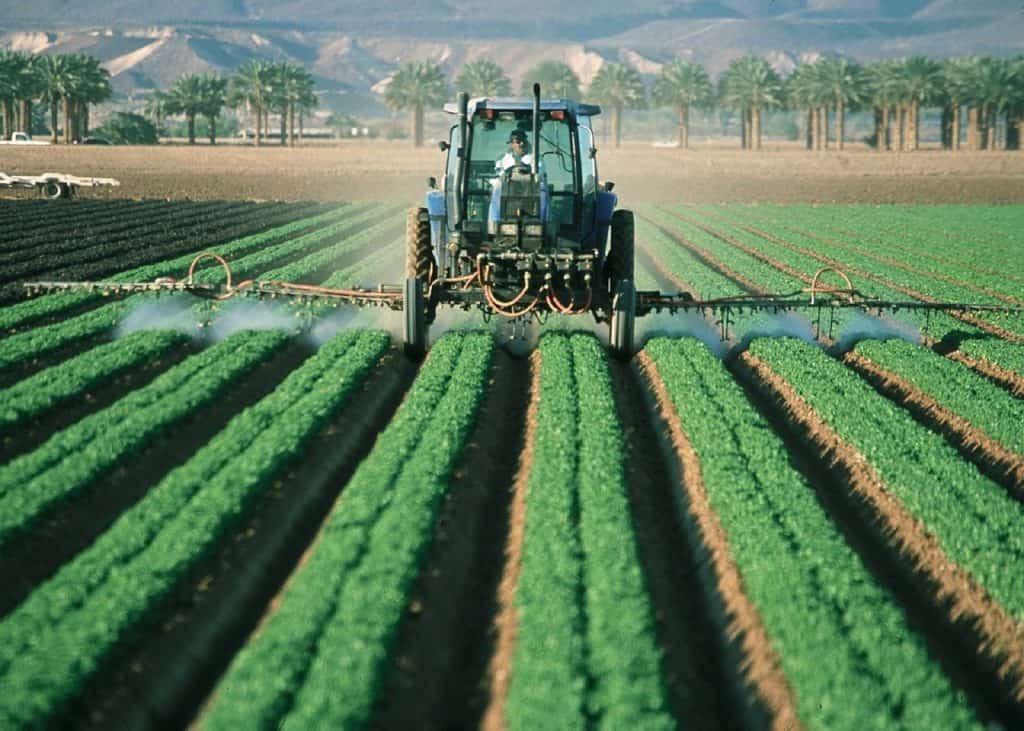 The fertilizer from the animals is integrated into the preparation of the soil. It is characterized bythe alternation of crops,where a part of the land is left undisturbed, until it regains its fertility.
The fertilizer from the animals is integrated into the preparation of the soil. It is characterized bythe alternation of crops,where a part of the land is left undisturbed, until it regains its fertility.
It is typical of the regionstropical Africa, South America and Asia.
Farming by cremation or ashes
This modality prepares the cultivation fields from the burning of the forests, sincethe ashes are used as natural fertilizer.
It is practiced in many areas of South America and Asia.
Irrigated rice farming
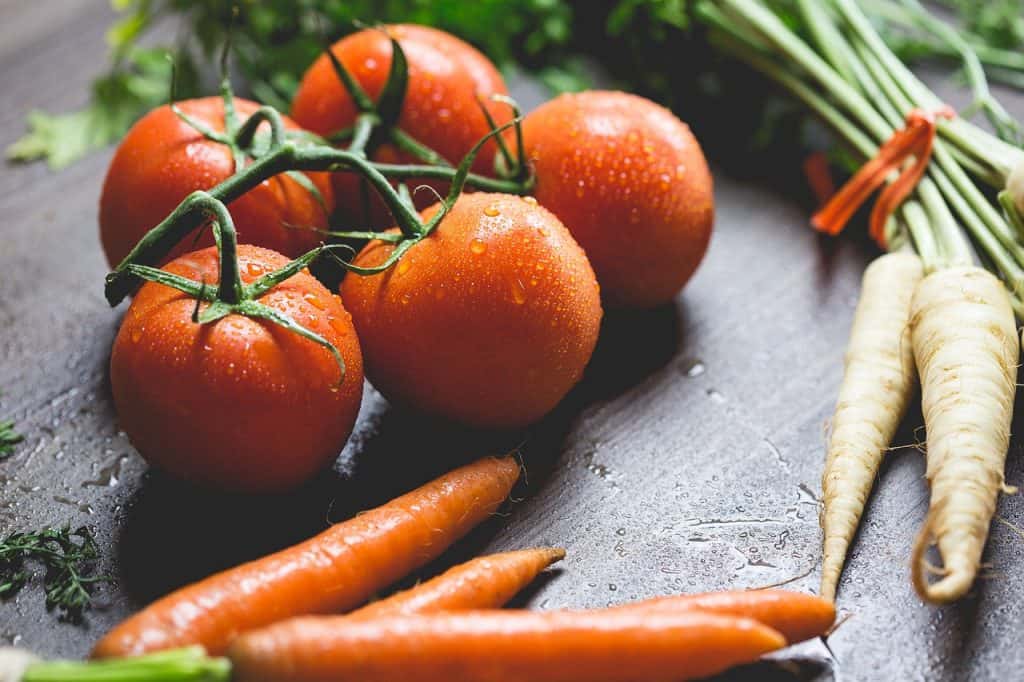 In regions where rainfall is abundant, rice is an ideal crop,especially since it does not impoverish the soil.Large extensions of land are taken to sow the seeds one by one, after flooding the fields.
In regions where rainfall is abundant, rice is an ideal crop,especially since it does not impoverish the soil.Large extensions of land are taken to sow the seeds one by one, after flooding the fields.
This modality is intensive and highly productive, thus facilitating the self-consumption of a much larger population.
It has been perfected in South Asia, where it has been used since ancient times.
How did this type of agriculture come about?
Subsistence agriculture was born when the nomadic man abandoned hunting and gathering and settled on the land to exploit it for food.
A phenomenon that influenced the different development of agriculture on the planet is the so-called Younger Dryas, a phase of climatic cooling at the end of the Pleistocene.
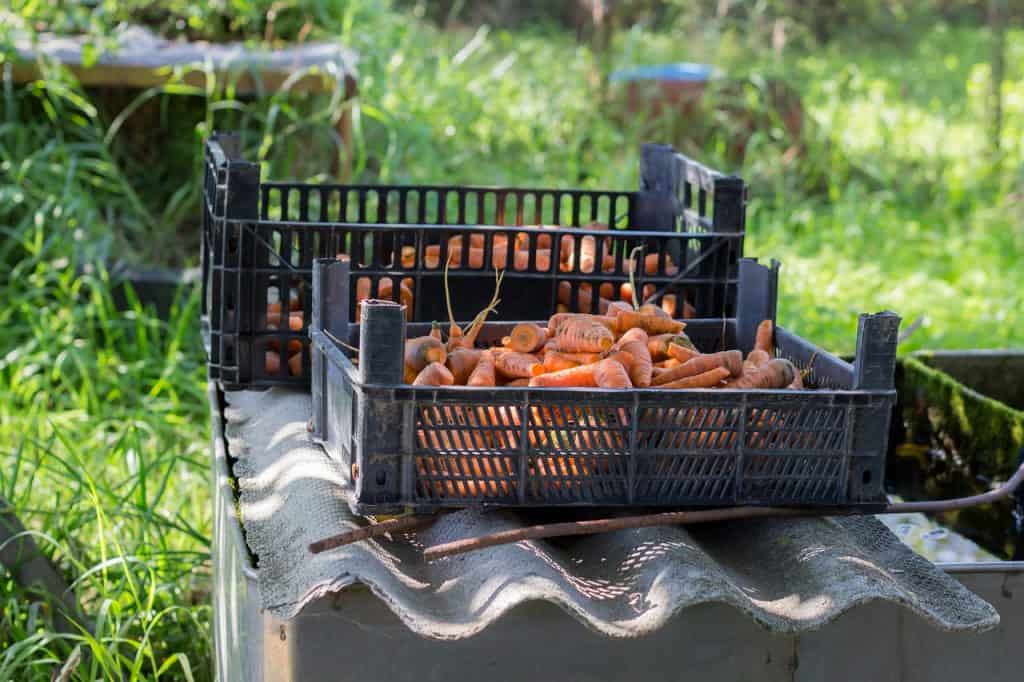 Its origin is framed inthe appearance of human groups in the Paleolithic.
Its origin is framed inthe appearance of human groups in the Paleolithic.
Archaeological evidence collected in the Near East shows that [humans began to gather more and more plants and cereals about 23,000 years ago. Hordes of collectors assumed these tasks framed in the so-called proto-agriculture.
With domestication, progress was made towards the so-called “Prolonged Agrarian Revolution”.
It occurs simultaneously invarious latitudes of the planet and triggersthe birth of smaller animals than their predecessors, while agricultural cultivation spread throughout the Mediterranean from 8,000 BC
Various scholars of the subject agree in pointing out that agriculture was born in Turkey, whererye managed to be cultivated on a large scale and for the next thousand years,the practice spread to many other crops, where lentils, peas, and wheat are found.
In the same way, animal domestication progressed so that families fed on pigs, goats, used sheep skin to cover themselves from the cold and donkeys as cargo transport.
From7,000 BC crops originate in Europe,north of the old continent.
From then on, the inventiveness, the genius of man has not ceased in pursuit of continuing to extract food from the earth to survive to this day.
Why is subsistence farming important?
This form of agriculture, which generates a subsistence economy, continues to be very important in those remote locations or far from industrial development and new technologies.
It brings nutritional benefits to members of poor communities who survive thanks to the gifts that the earth lavishes, thanks to the execution of a series of activities developed with rudimentary tools used when natural conditions allow it.
Priority is given to tasks that allow the production of those elements that will favorlivelihood of community members.
What advantages and disadvantages does it have?
Advantage:
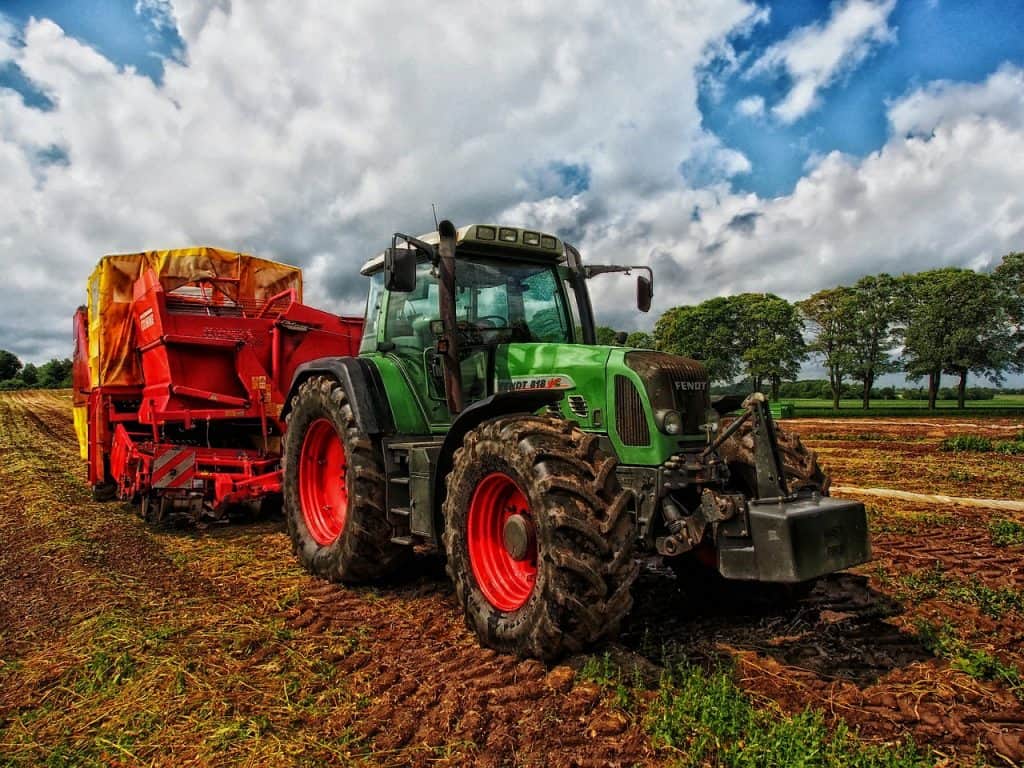 The possibility of being self-sufficient continues to be a true blessing, even in these times of great technological innovations and high industrial development.
The possibility of being self-sufficient continues to be a true blessing, even in these times of great technological innovations and high industrial development.- It allows communities to plan based on their own resources, without depending on external elements from the industrial and economic spheres, which in some cases may be more unstable.
- You do not need to invest large sums of money in infrastructure and logistics, because your scope is local and your production is minimal.
- It establishes inseparable links with nature and its processes in a harmonious way, ostensibly reducing environmental damage, since it does not use erosive agents that harm the planet’s biodiversity.
- The food produced is not contaminated with chemical residues from pesticides and pesticides that are applied in intensive or industrialized agriculture, so the beneficiary families consume 100% ecological products (compost, manure, potassium soap…).
- If a production surplus is generated, food barter can be implemented in a community to add value to the activity.
Disadvantages:
- When the weather factors are adverse, this agriculture can hardly fully meet the food needs of poor families, because the harvests depend on the intensity of the rains.
- It does not generate progress or development because it is precisely limited to providing the minimum to subsist.
- If the production process is interrupted by exogenous factors that subsistence farmers cannot control (strong storms or droughts, for example), famines can occur due to zero food production.
How is it different from other types of farming?
This agriculture revolves around the actions of the peasant, who, although sometimes helped by other members of the family nucleus, is responsible for most of the tasks: preparing, sowing seeds, taking care of the crops cleaning and removing weeds, fertilizing and collects the harvest, to later clean the land again, select the best seeds to plant them in the next planting cycle.
Another characteristic that differentiates it from other harvesting modalities is that inthis agriculture sells only a small part of what is harvested,to cover other basic needs of the family.
Although productivity is low, subsistence agriculture takes advantage of the best of the environment and progresses with the times of nature. It generally produces one harvest per year, taking advantage of the rainy season.

![Photo of Pruning a Sick Orange Tree: [Importance, Season, Tools, Considerations and Steps]](https://www.complete-gardening.com/wp-content/uploads/2022/08/pruning-a-sick-orange-tree-importance-season-tools-considerations-and-steps-390x220.jpg)

![Photo of Azaleas: [Planting, Care, Irrigation, Substrate and Diseases]](https://www.complete-gardening.com/wp-content/uploads/2022/08/azaleas-planting-care-irrigation-substrate-and-diseases-390x220.jpg)
